Hidden beauties of Belgrade
There are some lovely details because of which we grow attached to the city even more. Frequently, however, such details are shielded from us by a visor firmly tightened up by obligations, needs, prejudices etc. Just like the poem by Mika Antić says, no sooner have we freed ourselves from all of them and started paying attention than hidden beauties start revealing themselves to us.
Soft city ceramics
There are birds nesting in the walls of Belgrade, on street signs, in transformer stations… They love the river, the confluence, reading Crnjanski, solving Pythagorean Theorem, advocating for attention, tenderness and love… And they are born in the imagination ceramist Miona Stefanović. “My idea was for those to be birds that symbolically land in neglected corners and leave a message, whisper secrets, because birds do that, they told us when we were little. For example, in autumn I made a flock of birds that head in a southerly direction and on the first day of spring I stuck a crown of flowers which contained swallows, with the message: We’re back. I decided to make them out of porcelain because it is white, delicate, refined and the complete opposite of the street. And I liked it. I don’t always have an exact plan of what and how, for me it is enough for it to be nice and for someone to rejoice when they see it“, explains Miona.
Kissing corners
As part of the BeFem festival, communicologist Comelia Szabo and famous Belgrade street artist TKV held a workshop on “Gender reading of the city”, which result was to mark several squares for kissing at a few common meeting places in the city. Intervention was carried out by four students from the Faculty of Media and Communications: Sanja Seliškar, Andela Čeh, Nikola Herman and Petar Đošev. The aim of the project is to spread love, but also to overcome prejudices about kissing in public. “Precisely in these places between four public wall all boundaries are erased. We are opening up places where it is permitted to kiss whoever and however you want”, explains a statement on their Facebook page. The project met with great support from Belgraders and so the team has announced that it will continue with the opening of new places according to their own senses, but also at the suggestion of the citizens.
Reading the shafts
Ten years ago, an artist pressed into the asphalt small shafts on Terazije and in Prizrenska streets. They are smaller than a smartphone. Each bears a message. Signed by Miloš Tomić. He is a film director by degree, he works as a lecturer at the Faculty of Media and Communications, and he in his soul is a tireless collector of everything that can be creatively remaked. The shafts are strong, heavy, serious, reminding him of the grandfather’s medals from the war. The play first started in the mind, then on paper, and finally on asphalt. The sculptor made the moduls, the smelter poured them, and Beograd put road company gave him a permission to put them on the hot asphalt. Instead of the expected “Water Supply and Sewerage” labels, Miloš’s little shafts bear three unusual messages, “I wonder where is the end of the universe,” “Woe, woe girls” and “Relax and stutter”. Those are randomly selected pieces of his life.
Corner of Salvador Dalí
One of Belgrade’s hidden corners is located in Dorćol, on the corner of Simina and Kapetan Mišina streets. A group of street artists, “Illegal Pastry Cooks”, have put a board in that place, with the name of Salvador Dalí on it. They were inspired by a famous painting of Dalí’s, in which twisted clocks are painted, for which reason the board itself is also folded in two. Very quickly, the corner has drawn the public’s attention, so the city authorities have decided to even officially rename it and have given it the name of the Corner of Salvador Dalí.
Subsequently, at the artists’ festival in Shanghai, they also placed the Corner of Marko Kraljević. The event was attended by the mayor of Shanghai and the Serbian consul in China; the corner was also included in the official register of Shanghai’s streets as well. Not much later, in Ljubljana City’s Metelkova Street, they installed a post with road signs showing the way to the symbols of the quarter, as well as to the Corner of Salvador Dalí in Belgrade and the Corner of Kraljević Marko in Shanghai.
Staircase covered with a kilim
In Belgrade a few years ago, a workshop was held within the framework of the Acupuncture of the City international project. The underlying idea was to make small urbanistic interventions that would improve the quality of the life of the city quarters. The independent Kriška Design Studio, headed by Barbara Ismailović and Tijana Tripković, was selected to make interventions in the quarter of Savamala, which was still rather lethargic at that time. They responded to the theme by their well-known ghosts symbolizing Savamala, its charms and the problems it was faced with, for which reason, one of the pedestrian crossings in Braće Krsmanovića Street, which had not previously been planned, and the staircase were covered with the colors and ornamentation of kilim rugs of Pirot town. It is located behind Manakova House, in the passage leading to Zeleni Venac. The kilim rug was a logical choice, since Manakova House is a branch of the Ethnographical Museum, where workshops are held for the purpose of researching into traditional folk arts.
A street gallery
In a once poorly tended passage, called Čavke’s Passage, named after the drummer of the Belgrade rock group “Electric Orgasm”, located between Terazije and Square of Nikola Pašić, there is a public gallery, extraordinarily beautifully arranged. According to the manner in which the abandoned public space was transformed into a gallery, it is the first such project in Serbia. The public space was given a new function – artists were given a place to exhibit their works in, the city became richer for a new cultural center and visitors and passers-by had a chance to enjoy art in a space they could not have been to before. The Street Gallery has existed for almost four years now; for that time, more than 50 exhibitions, a large number of festivals and concerts have been held there. At the same time, one of its important features is the fact that it offers young and not-yet-affirmed artists a chance to exhibit their works there. In the end, one question remains: How many such passages are waiting for us to discover them and breathe a life into them?

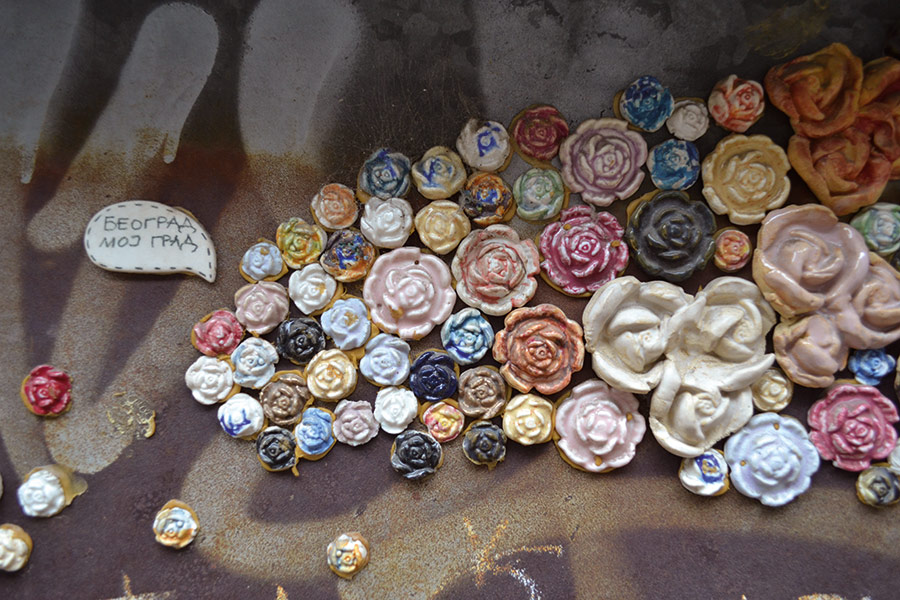
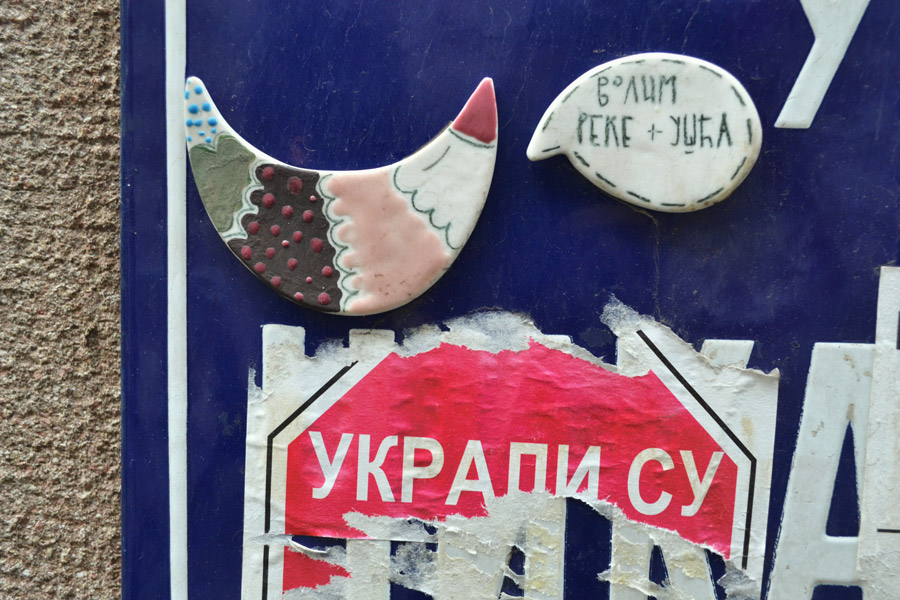
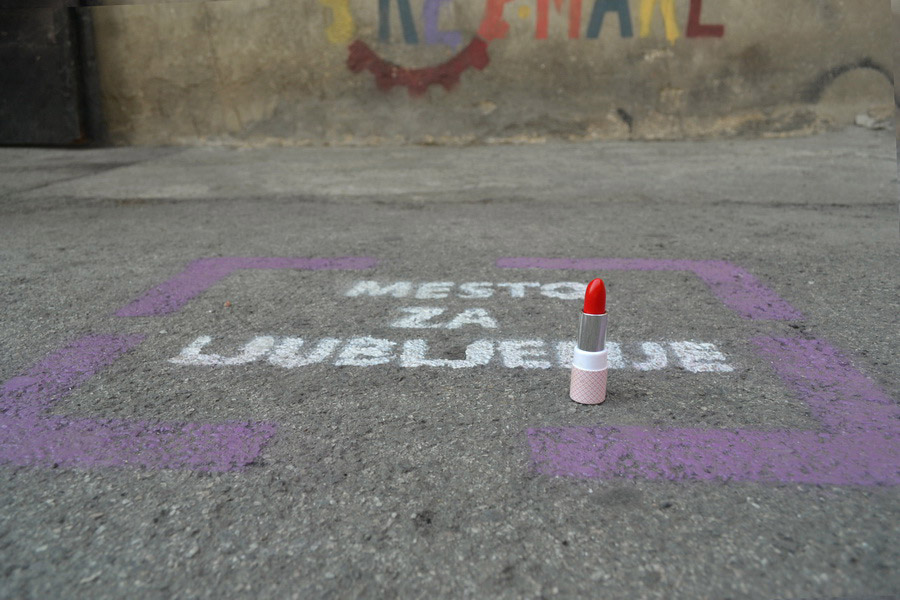
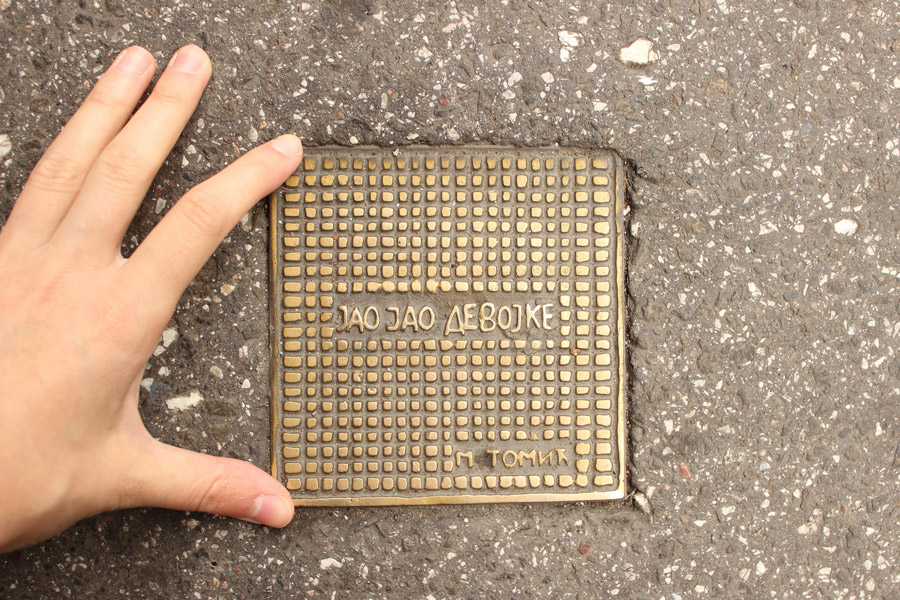
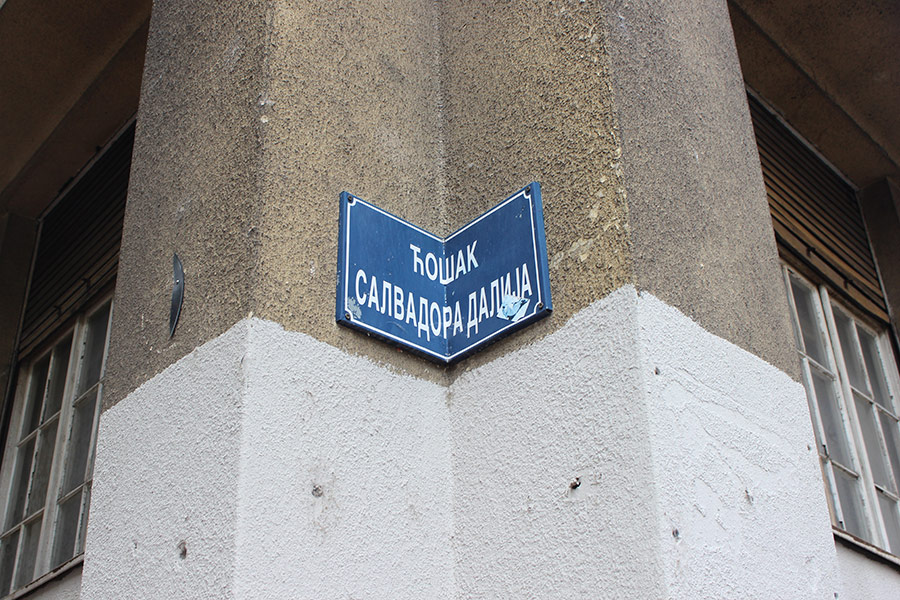
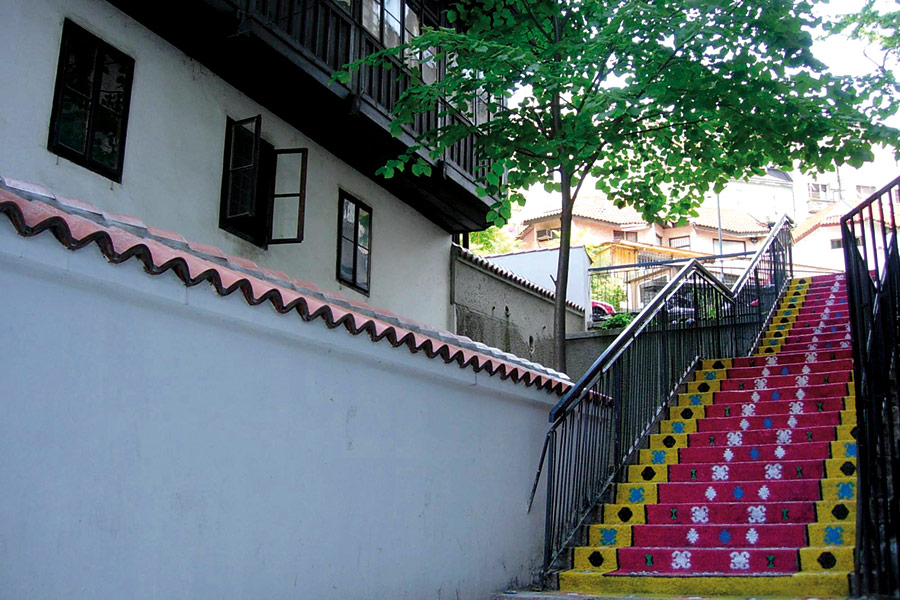
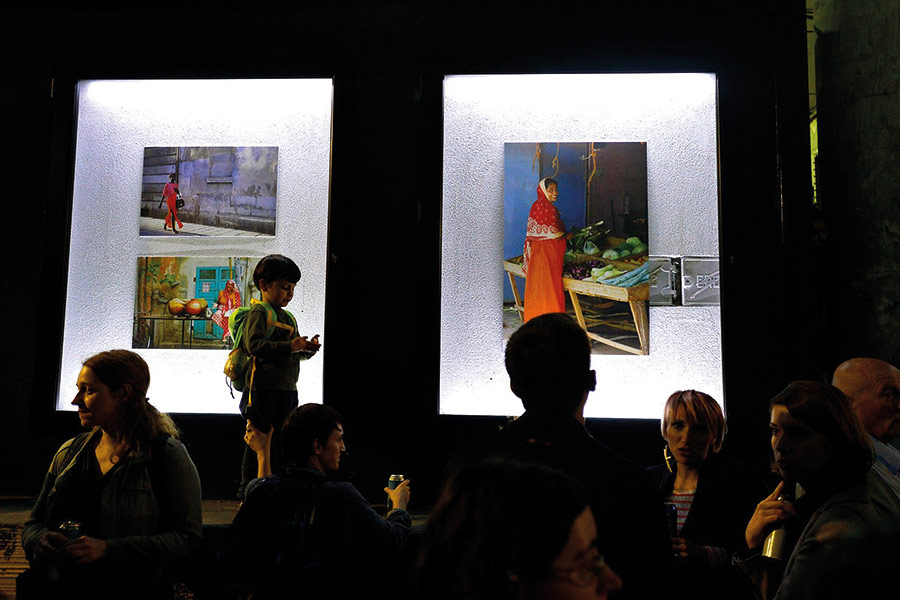

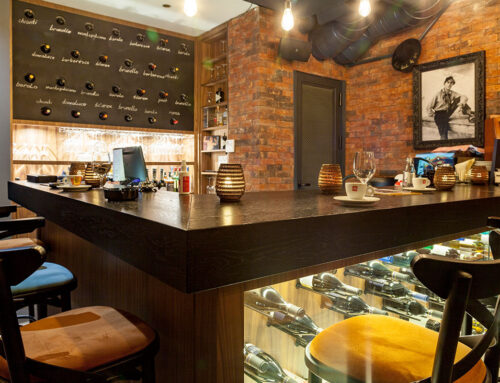

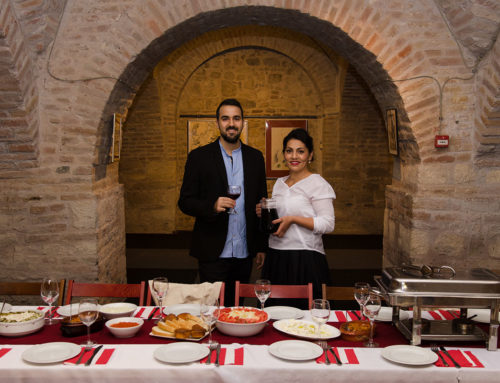
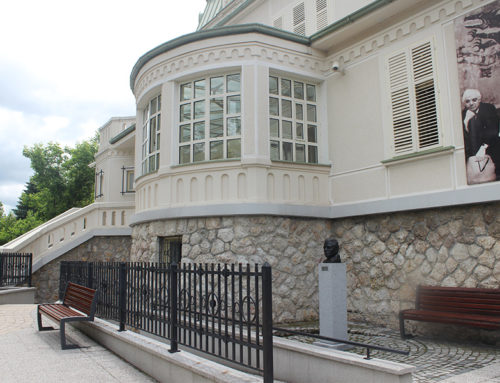
Social Network